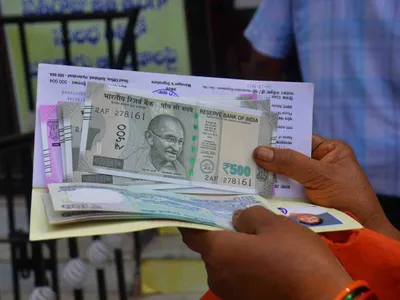The income from fixed deposits is fully taxed. Meaning there is no discount in it. Let’s know about it in detail.
Fixed Deposit is considered the best option in terms of safe investment. Although there are many investment options available in the market. But people of all ages like this method to save. The biggest reason for this is that it is safe and the least risky as compared to other schemes.
Investments can be made in it for short to long term also. But do you know? The income from fixed deposits is fully taxed. Meaning there is no discount in it. This is added to your total income and tax is applicable as per your tax slab. It is kept under the head “Income from other sources” while filing income tax return.
If you are not a senior citizen and the interest on your FD exceeds Rs 40,000, banks deduct TDS on the interest paid on it. If you are a senior citizen, TDS is deducted after Rs 50,000. Here, the thing to note is that TDS is deducted when interest is added or credited on your FD and not when the FD matures. In this way, if you have made FD for 3 years, the bank will deduct TDS every year while paying the interest.
Understand tax calculation
Your income tax formula is also used on FD. Meaning if your annual income is up to Rs 3 lakh then TDS will not be deducted. But, for this Form 15G or 15H has to be submitted. TDS will not be deducted even if the annual interest received on FD is less than Rs 40,000.
When is TDS deducted?
10% TDS is deducted on interest above Rs 40,000. Bank can deduct 20% TDS for not submitting PAN card as KYC. However, for senior citizens, the limit of earning from FD is 50 thousand rupees. There is no tax on such earnings. If it is more than this, 10% TDS is deducted.
Failure to submit PAN card attracts 20% tax
If the depositor does not submit the Permanent Account Number (PAN), then 20 per cent tax will be levied on the FD. If the amount of interest received by you is within the exemption limit and the bank still deducted TDS, then you can claim it while filing income tax return.






